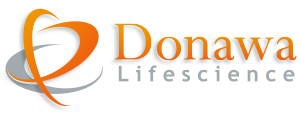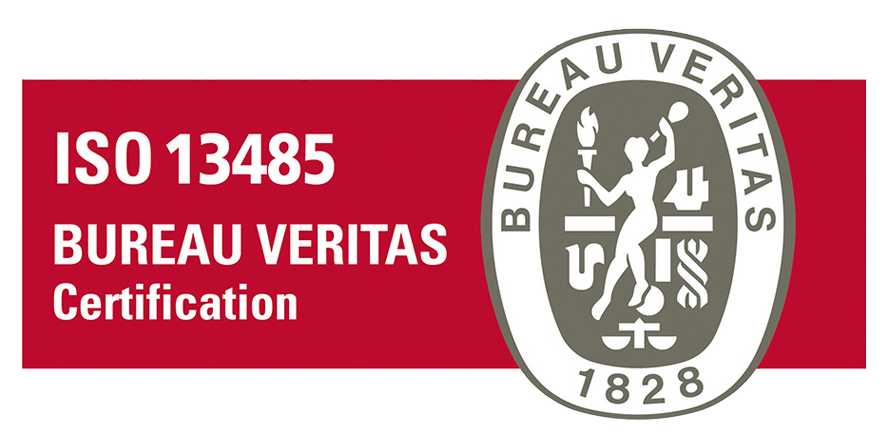European Parliament drafts proposal for MDR Amending Regulation
- 23 June 2024
- Posted by: inetika
- Category: GLOBAL NEWS
At the behest of Dr Peter Liese, MEP, who was co-rapporteur for the Medical Device Regulation (MDR, 2017/745), the European Parliament has provided the European Commission with a blueprint for an MDR Amending Regulation which would bring about significant changes to the current legislation.
The 40-page document apparently addresses six principal concerns, with proposals for easing the present regulatory burden on stakeholders, with Dr Liese commenting that updates to the MDR were necessary, as the current requirements had “overshot the mark.”
While nothing official has been commented by the European Commission, indications are that MDR revision will be a priority in the new Parliamentary session.
The Liese proposal is understood to include the development of a central European Medical Device Office that would acquire certain responsibilities from both the Commission and the Member States.
Other changes in the proposal include:
- Recertification timelines for high risk devices
- Abolishment of recertification of lower risk devices
- Amendments favorable to SMEs, including the establishment of an SME office
- Changes to the rules for designating and monitoring notified bodies
- Reduction of regulatory burden for orphan and innovative devices

